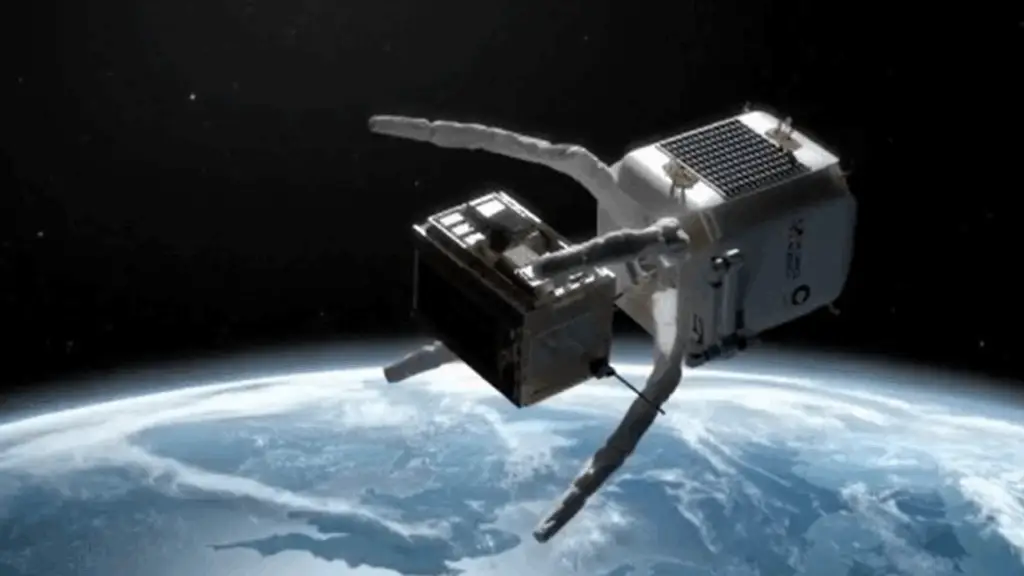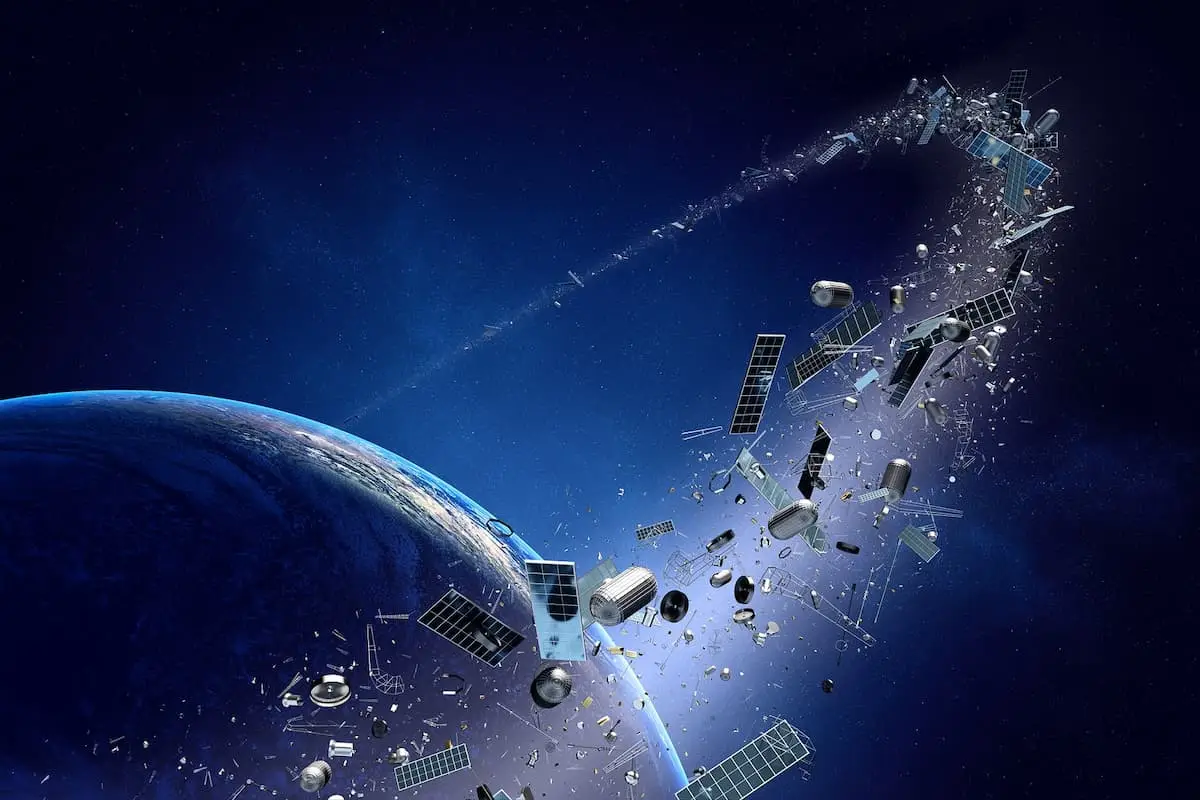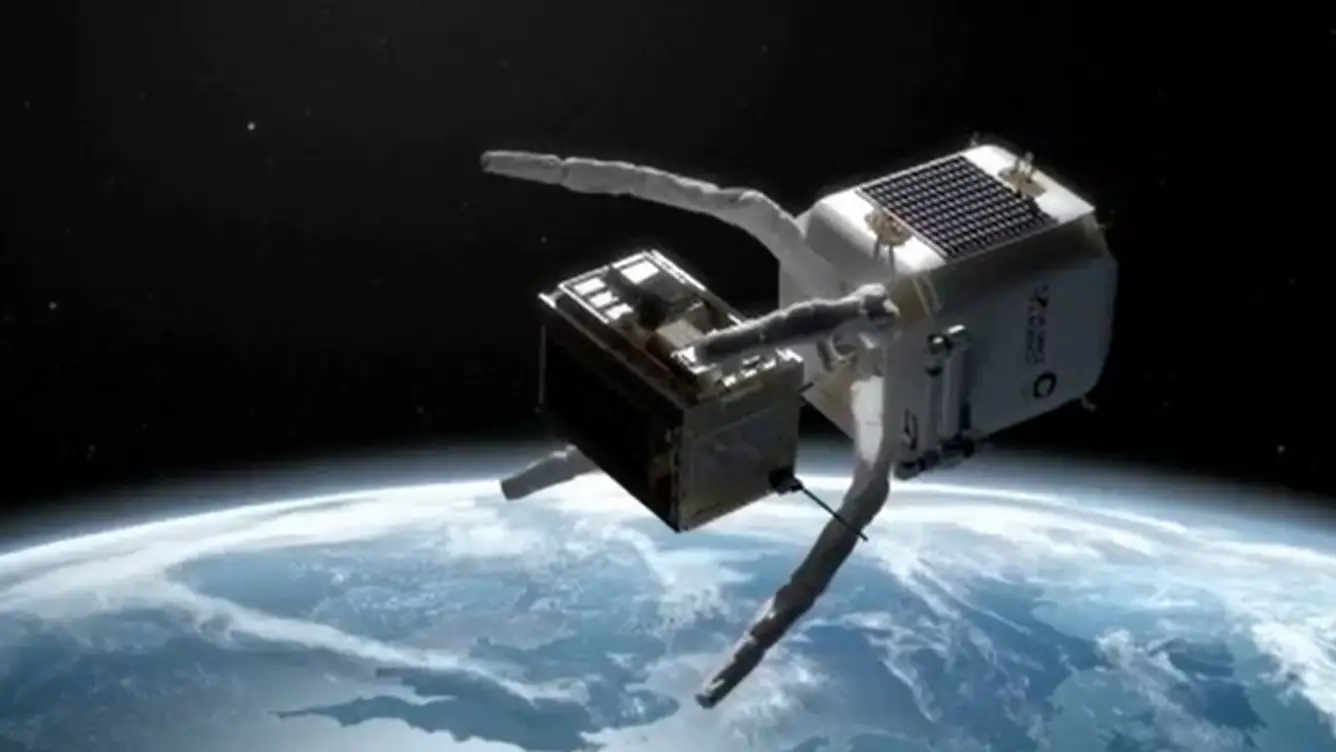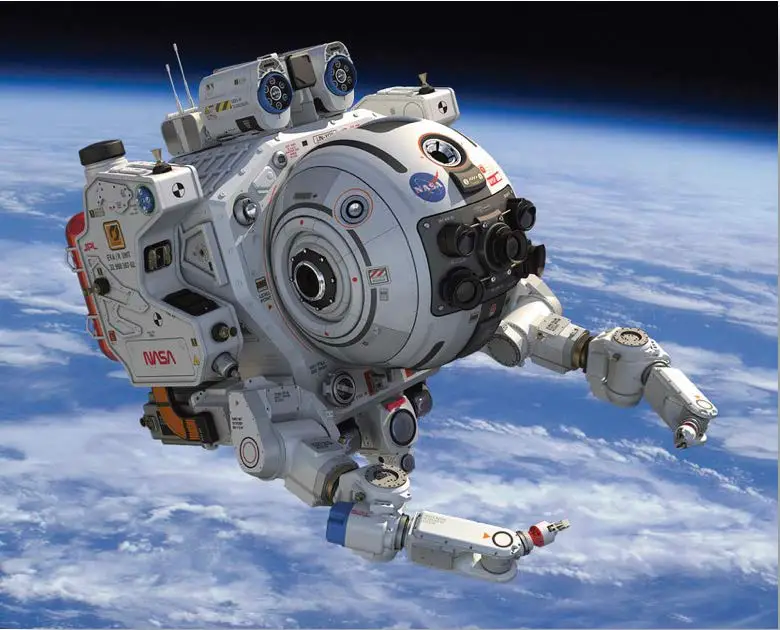Low Earth Orbit (LEO) is a critical region for satellites, yet it is increasingly cluttered with debris—from defunct satellites to rocket fragments. This debris threatens active missions and future space exploration. Enter Astro Technologies, a leader in innovative, cost-effective solutions for space debris removal. By leveraging cutting-edge methods like rigid coupling, laser systems, and electromagnetic launches, Astro Technologies is setting a new standard for orbital sustainability. Here’s how they’re doing it.
1. Low-Cost Deorbit Systems: Preventing Debris Before It Escalates
Astro Technologies prioritizes prevention over cure by integrating affordable deorbit systems into satellites. Inspired by NASA’s approach , these systems ensure defunct satellites reenter Earth’s atmosphere autonomously, avoiding long-term debris accumulation. By focusing on proactive design, Astro reduces the need for costly post-mission cleanup.
2. Rigid Coupling and Service Satellites: Towing Debris to Safety
For existing debris, Astro employs rigid coupling mechanisms to physically attach to defunct satellites and tow them to disposal orbits. This method, refined through ASTROSCALE’s research , uses service satellites equipped with robotic arms to secure and relocate debris. A 2023 study highlights this approach as highly reliable for transferring objects to “graveyard orbits” , minimizing collision risks in LEO.
3. The CLEAR Mission: A Case Study in Efficient Debris Retrieval
AstroAgency’s CLEAR mission exemplifies targeted debris removal. By retrieving two derelict satellites from 700 km altitude in LEO , CLEAR demonstrates how precise robotic capture and deorbiting can be executed efficiently. Such missions are scalable, offering a template for future large-scale cleanup efforts.
4. Laser-Based Solutions: Affordable Deorbiting from Lower Orbits
Astro Technologies is exploring ground and space-based lasers to nudge debris into lower orbits, accelerating reentry. Research shows that UV lasers in LEO are cost-effective due to their smaller size and lower energy requirements . These systems avoid physical contact, reducing fragmentation risks and operational costs.
5. Electromagnetic Launch: Cutting Costs with Innovative Propulsion
A groundbreaking method proposed by Astro involves electromagnetic launches to deorbit debris. By identifying mass parameters of debris, electromagnetic systems can propel objects into decay trajectories without traditional fuel . This approach slashes mission costs and enhances efficiency.
6. Collaboration with ESA: Scaling Sustainable Solutions
Astro Technologies will be working with the European Space Agency (ESA) under its Clean Space initiative . Joint projects focus on refining technologies like drag sails and net systems, ensuring solutions are both scalable and economically viable for global adoption.
Why Low-Cost Matters
Traditional debris removal is prohibitively expensive, but Astro’s strategies—prevention, robotic servicing, and electromagnetic propulsion—dramatically lower costs. By prioritizing automation and modular designs, Astro ensures missions remain affordable while maintaining high success rates.
Astro Technologies is redefining space debris cleanup through innovation and cost efficiency. By combining proven methods like rigid coupling and service satellites with cutting-edge laser and electromagnetic systems, they offer a blueprint for a sustainable LEO. As collaborations with agencies like ESA grow , Astro’s vision of a debris-free orbit moves closer to reality—ensuring safer skies for generations to come.
References
NASA’s low-cost deorbit systems
ASTROSCALE’s rigid coupling and service satellites
AstroAgency’s CLEAR mission
Laser-based debris removal
ESA’s Clean Space initiative
Electromagnetic-launch methods







